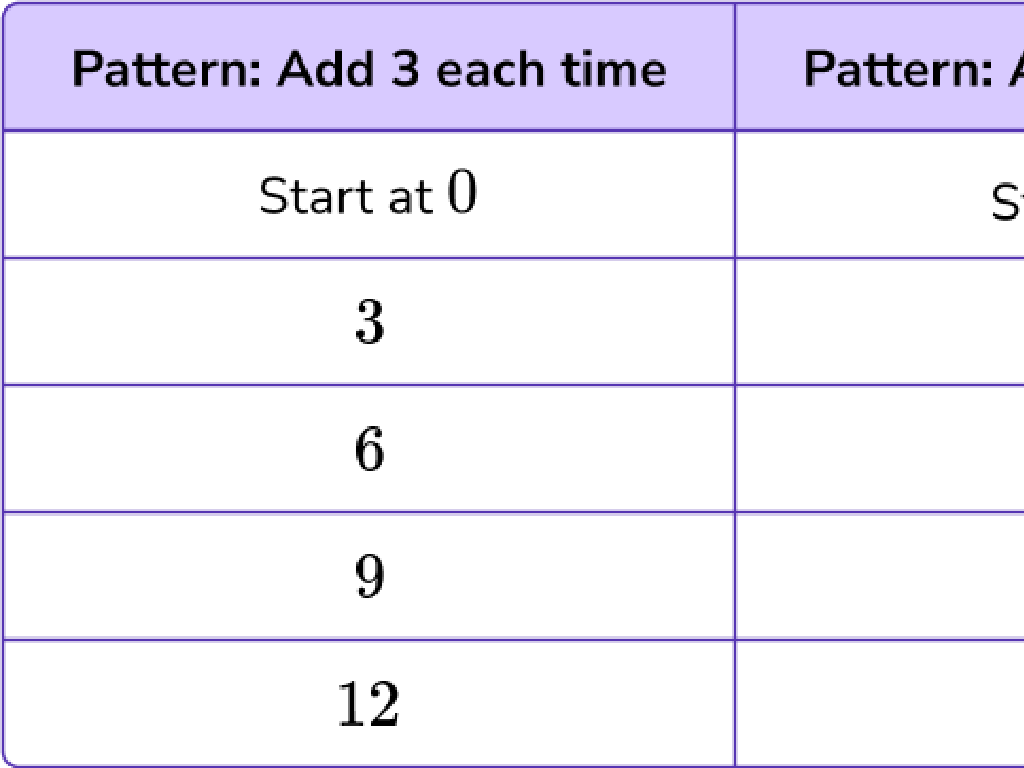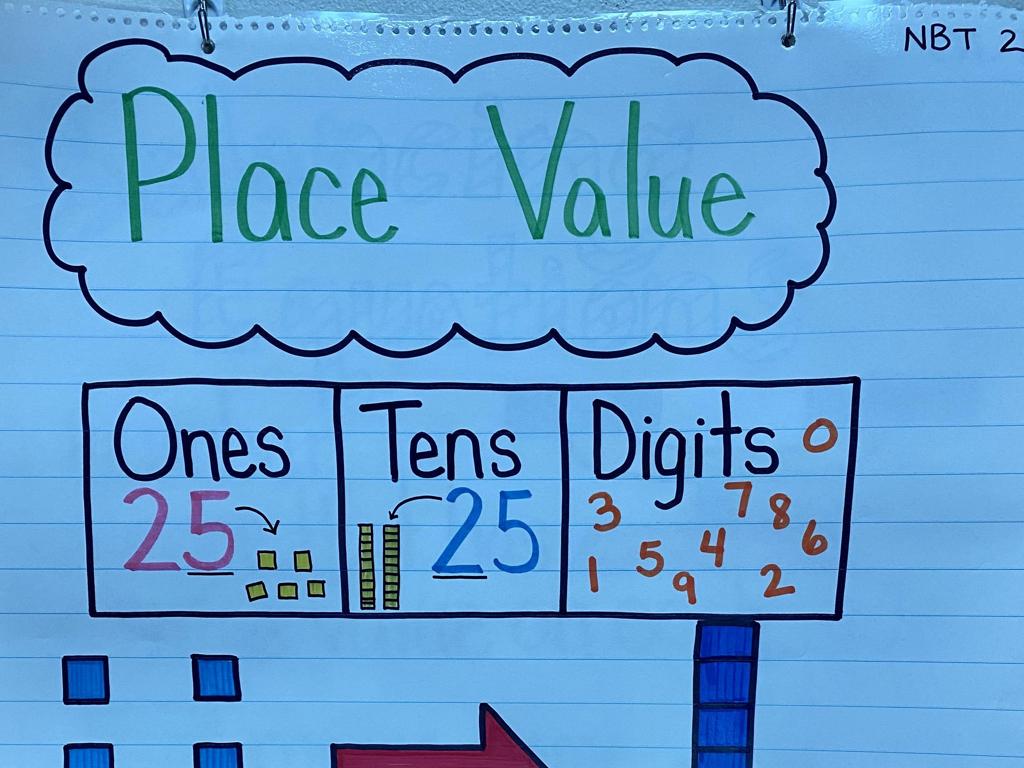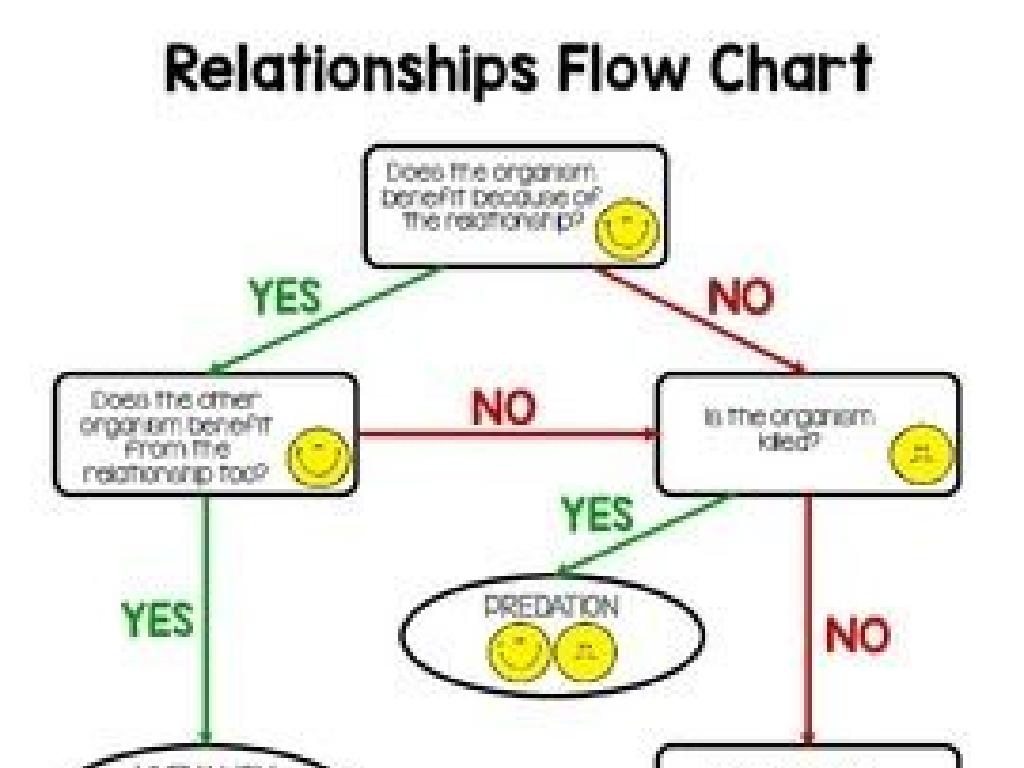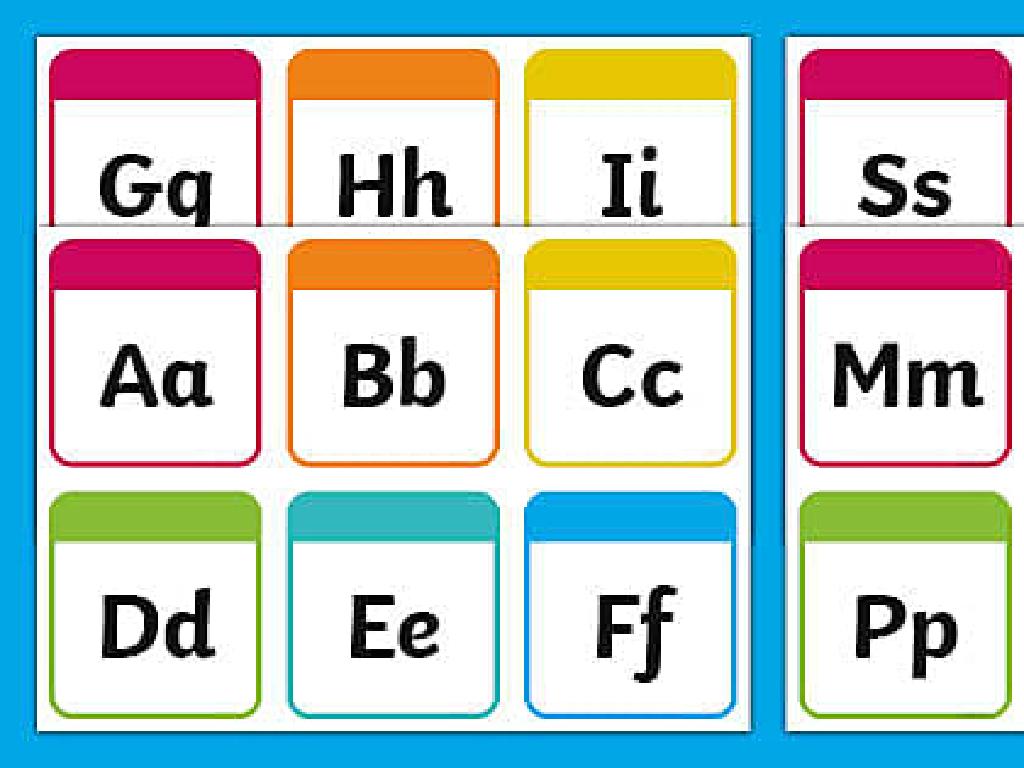Forms Of Competition
Subject: Economics
Grade: High school
Topic: Microeconomics
Please LOG IN to download the presentation. Access is available to registered users only.
View More Content
Introduction to Forms of Competition
– Understanding market structures
– Market structures define how firms compete.
– Overview of competition forms
– We’ll explore perfect competition, monopolistic competition, oligopoly, and monopoly.
– The significance of studying competition
– Competition shapes markets, prices, and consumer choices.
– Impact on economic understanding
– Grasping competition is key to economic literacy.
|
This slide introduces the concept of market structures and forms of competition in microeconomics. It’s crucial for students to understand how different market structures operate, as this forms the basis for how firms compete, set prices, and how consumers make choices. Today’s lesson will cover the spectrum from perfect competition to monopoly, each with its own set of characteristics and implications for the market. Understanding these concepts is essential for students to become economically literate, enabling them to analyze market behaviors and predict outcomes based on the structure of the competition. Encourage students to think about real-life examples of each market structure they encounter in their daily lives.
Perfect Competition in Microeconomics
– Define Perfect Competition
– A market structure with many buyers and sellers, all selling identical products.
– Characteristics of Perfect Competition
– No single buyer or seller has market control, and all are price takers.
– Real-life examples
– Agricultural markets, foreign exchange markets.
– Benefits and limitations
– Efficient allocation of resources, but may lack product variety and innovation.
|
Perfect competition is a theoretical market structure used as a benchmark to compare with real-life market structures. Characteristics include a large number of buyers and sellers, homogenous products, and free market entry and exit. While perfect competition leads to an efficient allocation of resources and competitive prices benefiting consumers, it is rare in the real world. Examples can include some agricultural markets and foreign exchange markets. The limitations include a lack of incentives for innovation and limited product differentiation. Discuss with students how these characteristics shape the dynamics of supply and demand in a perfectly competitive market.
Exploring Monopolistic Competition
– Define Monopolistic Competition
– A market structure with many firms selling similar but not identical products.
– Contrast with Perfect Competition
– Unlike Perfect Competition, firms have some control over price.
– Characteristics of Monopolistic Markets
– Product differentiation, many sellers, and free entry and exit are key traits.
– Examples in the Real World
– Restaurants, clothing brands, and hair salons often operate in such markets.
|
This slide aims to introduce students to the concept of Monopolistic Competition, a common market structure in the real economy. It’s characterized by many firms offering differentiated products, which gives them some power over pricing, unlike in Perfect Competition where firms are price takers. Key features include product differentiation, many sellers, non-price competition, and the freedom of entry and exit from the market. Real-world examples include the restaurant industry, where each establishment offers a unique dining experience, or the fashion industry, where brands differentiate themselves through design and marketing. Encourage students to think of local businesses that fit into this category and to consider how these firms make themselves stand out in a competitive market.
Understanding Oligopoly in Economics
– Define Oligopoly and characteristics
– A market structure with few firms dominating the market.
– Impact on consumers and market
– Can lead to higher prices, less choice for consumers.
– Oligopoly in the tech industry
– Tech giants like Apple, Google, and Amazon.
– Case study discussion
– Analyze how tech oligopolies influence market trends and consumer behavior.
|
An oligopoly is a market form in which a market or industry is dominated by a small number of sellers (oligopolists). Oligopolies can result in fewer choices and higher prices for consumers due to reduced competition. They may also lead to innovation and economies of scale. In the tech industry, companies such as Apple, Google, and Amazon serve as prime examples of oligopolistic power. Discuss with students how these companies’ control over the market can affect consumer options and pricing. Use real-life examples to illustrate the concept, such as the dominance of these companies in smartphone operating systems or online retail. Encourage students to think critically about the implications of oligopolies on their daily lives and the overall economy.
Understanding Monopoly in Economics
– Defining characteristics of a monopoly
– Single seller dominates, no close substitutes, high entry barriers
– Reasons behind monopoly formation
– Monopolies can form due to resource ownership, government regulation, or production costs
– Impact of monopolies on markets
– They can lead to higher prices, lower output, and less consumer choice
– Exploring natural monopolies
– Utilities like electricity and water are often natural monopolies due to infrastructure costs
|
This slide aims to explain the concept of monopoly within the framework of microeconomics. A monopoly is characterized by a single seller in a market, lack of close substitute goods, and high barriers to entry for other firms. Monopolies can form for various reasons, including exclusive access to a resource, government regulations, or economies of scale. Their impact on the market can be significant, often resulting in higher prices and reduced output compared to competitive markets, which can negatively affect consumer choice and welfare. Natural monopolies, such as utility companies, arise where high infrastructure costs make it inefficient for multiple firms to operate. Examples include local water and electricity suppliers. The discussion should help students understand the implications of monopolies on economic efficiency and consumer welfare.
Comparing Market Structures
– Overview of competition forms
– Monopoly, Oligopoly, Monopolistic Competition, Perfect Competition
– Impact on consumers and producers
– Prices, product variety, and market power vary by structure
– Real-life market structure examples
– Monopoly: local utility company, Oligopoly: smartphone manufacturers
– Class activity: Market identification
|
This slide aims to compare different market structures and their implications in the real world. Start by explaining the four main types of market competition: monopoly, where one company dominates; oligopoly, a few companies have control; monopolistic competition, many firms but with product differentiation; and perfect competition, many firms with identical products. Discuss how these structures affect pricing, availability, and quality from the perspectives of consumers and producers. For the activity, students will identify companies or industries that represent each market structure, fostering a practical understanding of the concepts. Provide guidance on how to recognize these structures in the real world and encourage discussion on their observations.
Class Activity: Market Structure Analysis
– Divide into groups for market analysis
– Choose a market to examine
– Determine the competition form
– Is it perfect competition, monopoly, oligopoly, or monopolistic competition?
– Prepare a presentation of findings
– Include market characteristics and competition type in your slides
|
This class activity is designed to help students apply their knowledge of different market structures in a practical setting. Students will work in groups to select a real-world market and analyze its competitive landscape. They should determine whether the market is an example of perfect competition, monopoly, oligopoly, or monopolistic competition, based on characteristics such as the number of sellers, product differentiation, and barriers to entry. Each group will then prepare a short presentation to share their analysis with the class, enhancing their understanding of the topic and their ability to communicate economic concepts. Possible markets for analysis include local farmers’ markets (potential perfect competition), pharmaceuticals (possible monopoly or oligopoly), or fast food restaurants (monopolistic competition).






